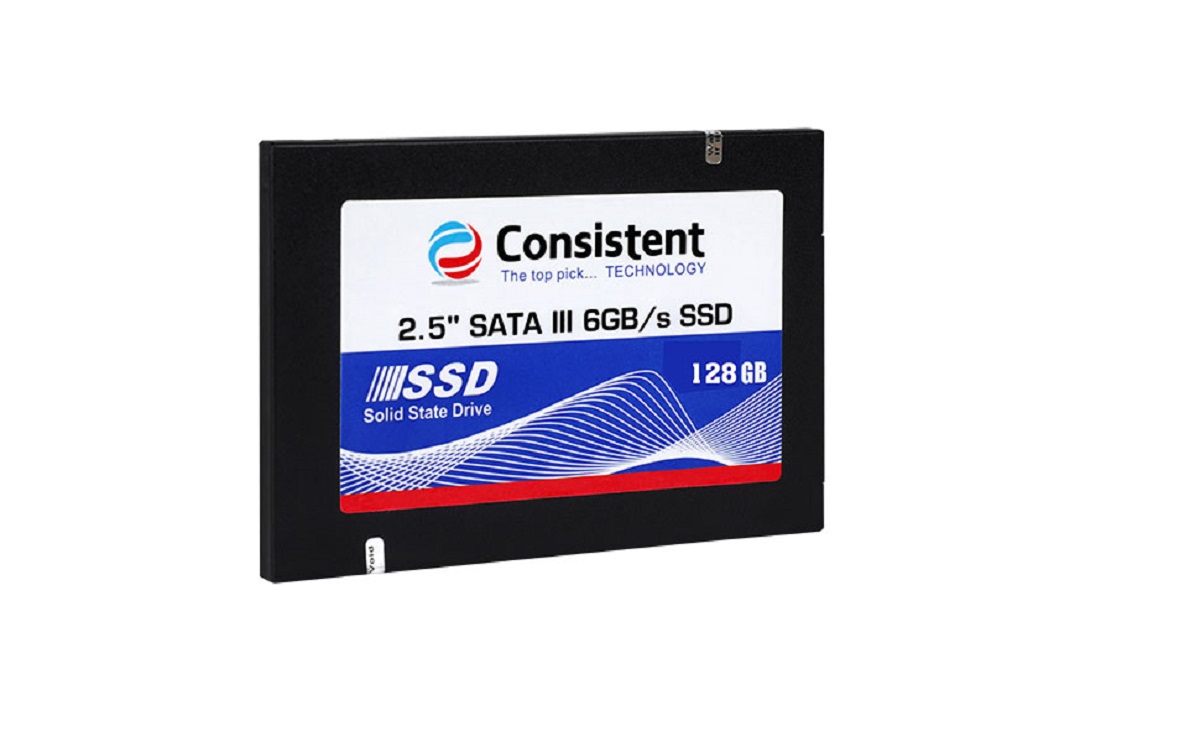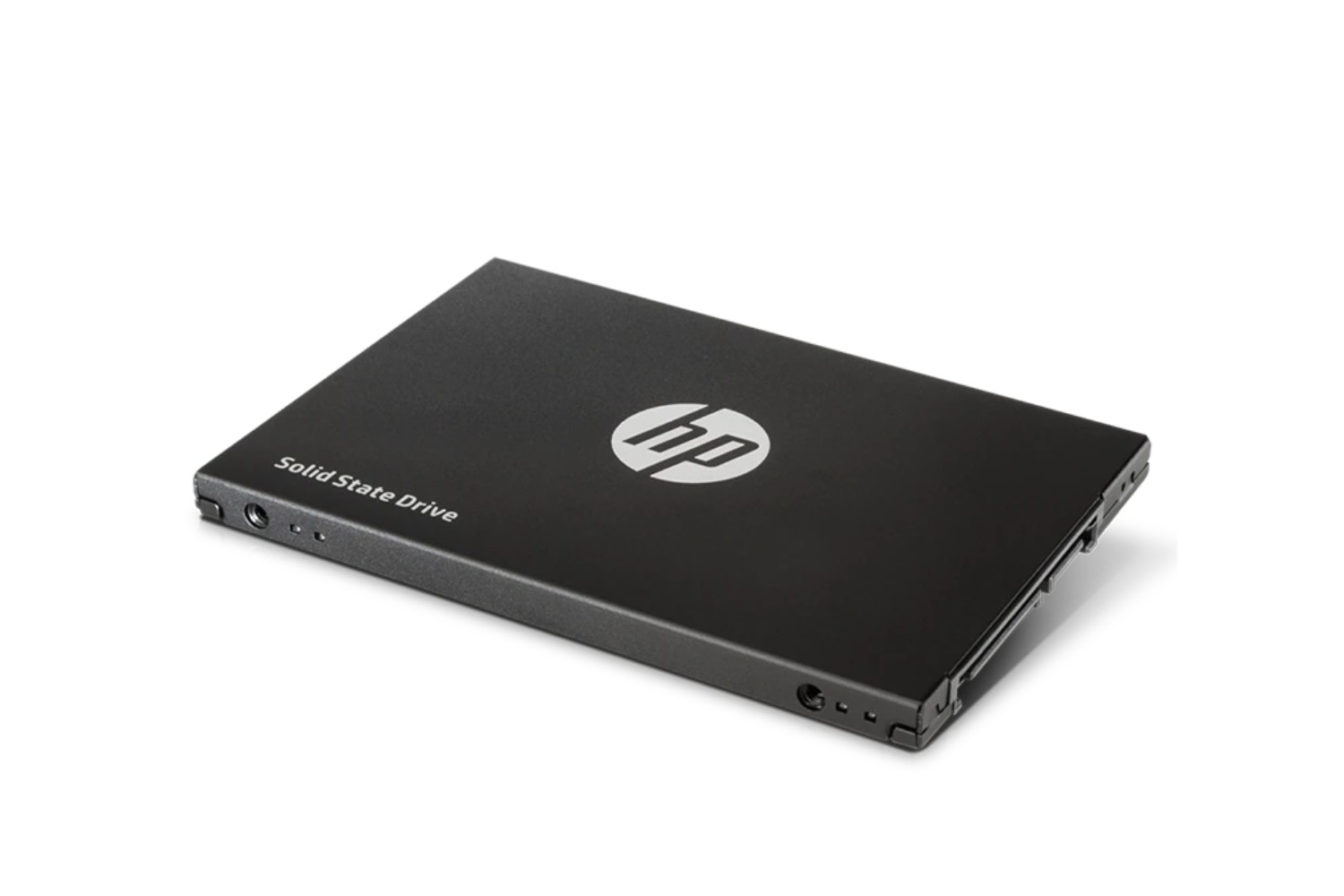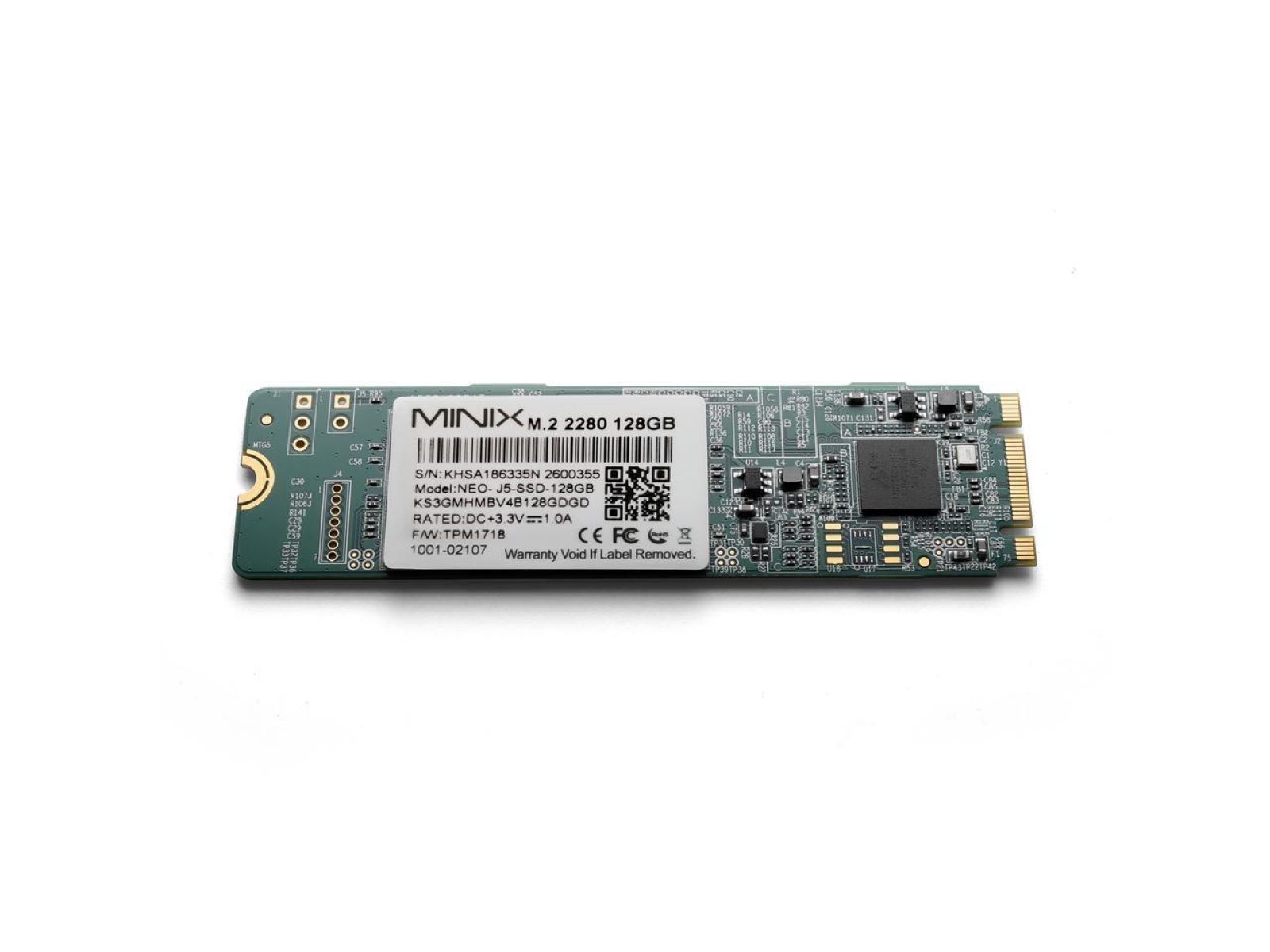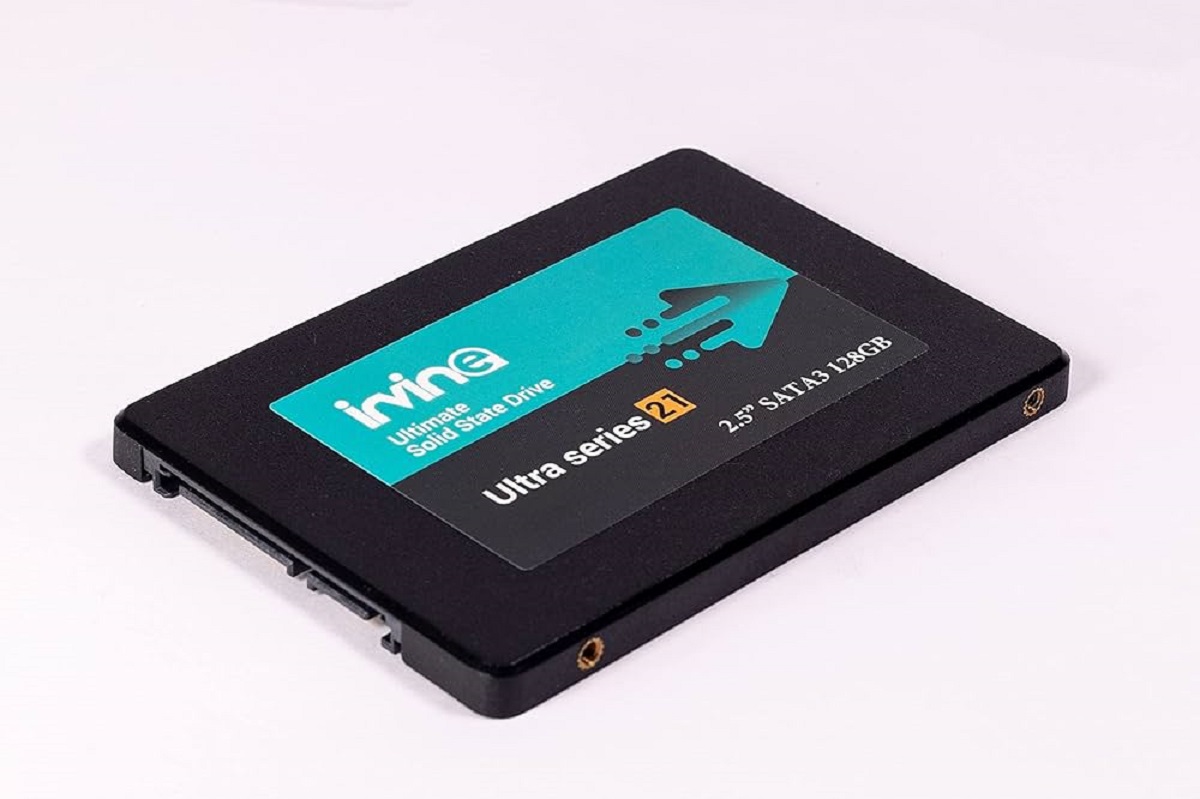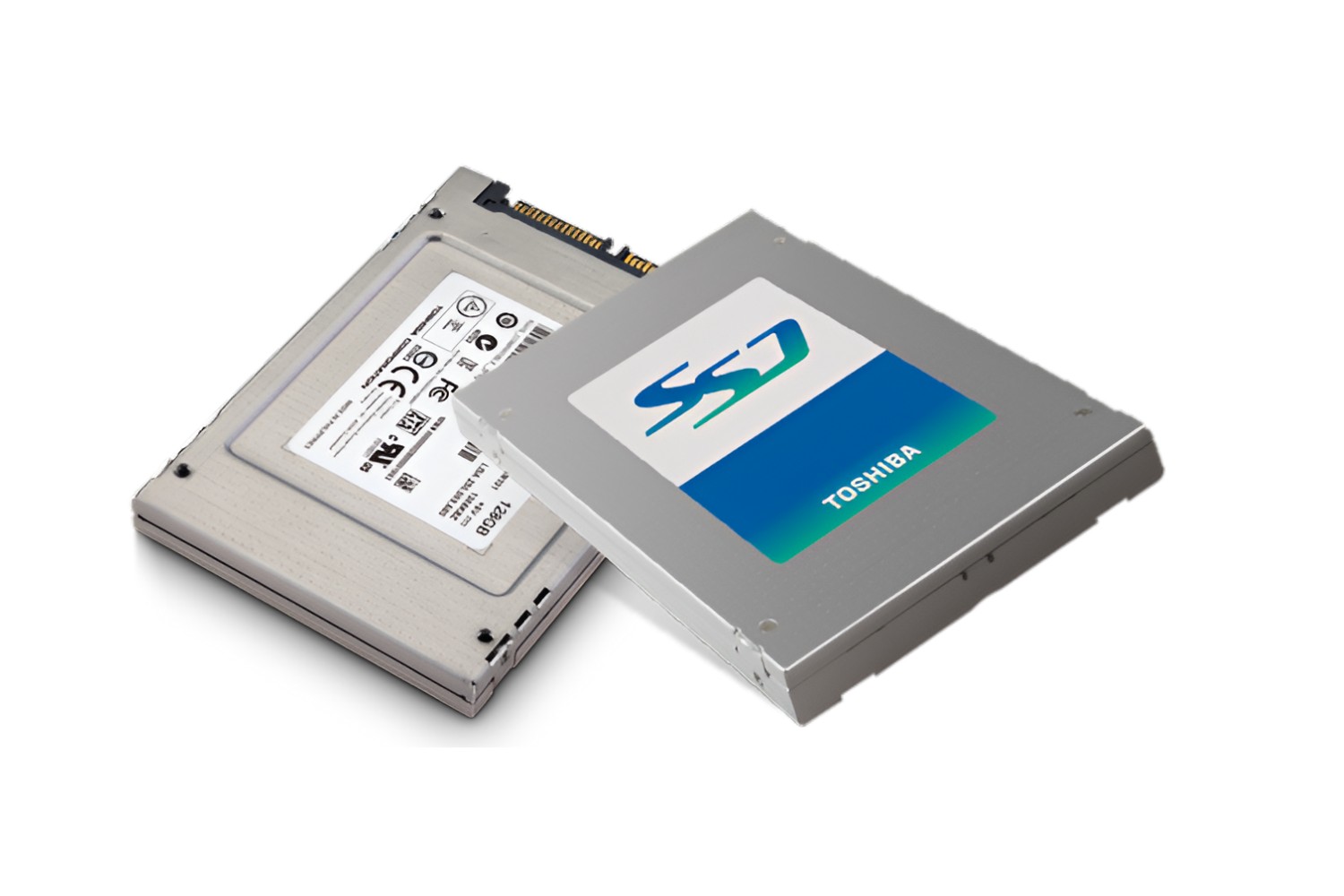Introduction
Welcome to the world of solid state drives (SSDs). As technology continues to advance, storage devices have followed suit, and SSDs have emerged as a popular choice for many users. Understanding the capabilities and specifications of SSDs is crucial in order to make informed decisions when it comes to data storage. One common question that arises is: “How big is a 128GB solid state drive?
Before we delve into the specifics, let’s briefly explore the concept of storage capacity. In the digital world, storage capacity refers to the amount of data that a device can hold. It can range from a few gigabytes (GB) to terabytes (TB) or even petabytes (PB) depending on the device’s capabilities.
A solid state drive, often abbreviated as SSD, is a type of storage device that uses flash memory to store data. Unlike traditional hard disk drives (HDDs), which use spinning magnetic disks, SSDs have no moving parts. This design allows for faster data access, reduced power consumption, and increased durability.
Understanding storage capacity
When it comes to storage devices, it’s important to have a clear understanding of storage capacity. Storage capacity is the amount of digital information that a device can hold. It is typically measured in bytes, with the most common units being megabytes (MB), gigabytes (GB), terabytes (TB), and so on.
In a digital context, one byte is equivalent to 8 bits, which are the basic units of information storage and processing. Each bit can either represent a 0 or a 1, allowing for the transmission and storage of binary data.
As storage technology has evolved over the years, the capacity of storage devices has drastically increased. Traditional magnetic hard disk drives (HDDs) were once the primary storage option, offering capacities in the range of a few megabytes to several terabytes. However, with the advent of solid state drives (SSDs), storage capacities have reached new heights while maintaining compact form factors.
It’s worth noting that storage capacity can sometimes be confusing due to the difference between decimal and binary numbering systems. Computers use the binary system, where each unit is a power of 2 (e.g., 2, 4, 8, 16, 32). However, storage devices are typically marketed using the decimal system, where each unit is a power of 10 (e.g., 10, 100, 1,000, 10,000). This can lead to slight discrepancies in the displayed capacity, but it does not affect the functionality of the device.
For example, a 128GB SSD would have a capacity of approximately 128 billion bytes using the decimal system. However, in the binary system, this would be around 119.2 gibibytes (GiB). While this may seem like a significant difference, it does not impact the amount of data that the SSD can actually store. The variation in reported capacity arises from the different number systems used to express storage capacities.
Understanding storage capacity is crucial when selecting a storage device that meets your specific needs. Whether you’re storing important files, multimedia content, or running applications, having adequate storage capacity ensures that you don’t run out of space and can conveniently access your data.
How much data can a 128GB SSD hold?
A 128GB solid state drive (SSD) offers a substantial amount of storage space, especially for everyday computing needs. But how much data can it hold exactly?
When it comes to determining the actual usable capacity of a 128GB SSD, it’s important to understand that not all of the stated capacity is available for user data. Manufacturers often reserve a portion of the SSD’s capacity for firmware, system files, and overprovisioning – which enhances the drive’s performance and longevity.
In general, a 128GB SSD can hold a wide range of data, including documents, photos, videos, music, and applications. To give you a rough idea, here’s an estimate of the amount of data you can store on a 128GB SSD:
- Approximately 25,600 high-resolution photos (with an average file size of 5MB)
- Around 26 hours of Full HD video footage (at an average bitrate of 10 Mbps)
- Up to 9,000 songs (with an average file size of 4 minutes and 5MB per song)
- Multiple software applications and games, depending on their size
It’s important to note that these estimates are based on average file sizes, and your actual usage may vary depending on the type and size of your files. Large video files or high-end games, for example, can take up significant amounts of storage space compared to smaller documents or songs.
Furthermore, it’s worth mentioning that the operating system itself will also require some space on the SSD. This means that the available capacity for user data might be slightly less than the stated 128GB. However, this space is necessary for the proper functioning of the system and is a common practice among storage devices.
If you find that the storage capacity of a 128GB SSD isn’t sufficient for your needs, it’s possible to supplement it with external storage solutions such as external hard drives or cloud storage services. These options provide additional space and allow you to expand your storage capacity as necessary.
Overall, a 128GB SSD offers a significant amount of storage space for most typical usage scenarios. Whether you’re a student, professional, or casual user, it can comfortably accommodate your files, applications, and multimedia content, providing a smooth and efficient computing experience.
Comparing a 128GB SSD to other storage devices
When considering storage options, it’s important to compare the capabilities and characteristics of different devices. Let’s take a look at how a 128GB solid state drive (SSD) stacks up against other storage devices in terms of performance, durability, and convenience.
Hard Disk Drive (HDD): Traditional hard disk drives have been around for decades and offer higher storage capacities at a lower cost compared to SSDs. However, they are slower due to mechanical components and are more prone to damage from physical shock or vibration.
USB Flash Drive: USB flash drives, also known as thumb drives or pen drives, are portable storage devices that connect to a computer via a USB port. While they are convenient for transferring and accessing data on the go, their storage capacities usually range from a few gigabytes to a few terabytes, making them lesser in capacity compared to a 128GB SSD.
External Hard Drive: External hard drives offer larger storage capacities, often reaching several terabytes or more. They are commonly used for backing up files, storing large multimedia libraries, or expanding storage on desktop computers. However, they are bulkier and less portable compared to an SSD.
Cloud Storage: Cloud storage services provide online storage space, allowing users to store and access their files from anywhere with an internet connection. While cloud storage offers virtually unlimited capacity, it relies on internet speed, data privacy concerns, and ongoing subscription costs for higher storage requirements.
When compared to these storage devices, a 128GB SSD strikes a balance between capacity and performance. It offers faster data transfer speeds, lower power consumption, and increased durability compared to traditional hard disk drives. The absence of moving parts makes SSDs more resistant to physical damage, making them suitable for portable devices like laptops.
Additionally, the compact size of an SSD makes it more convenient for use in ultrabooks, tablets, and other small form factor devices where space is limited. The reduced power consumption of SSDs also extends battery life, allowing for longer usage on portable devices.
While a 128GB SSD may not match the larger storage capacities of external hard drives or cloud storage, it provides ample space for everyday computing needs. For individuals who mainly work with documents, photos, music, and a few applications, a 128GB SSD offers a cost-effective and efficient solution.
Ultimately, the choice of storage device depends on your specific requirements, budget, and preferences. Whether you opt for a 128GB SSD, larger external hard drives, or cloud storage, understanding the strengths and limitations of each option will help you make an informed decision that aligns with your needs.
Factors influencing the usable capacity of a 128GB SSD
While a 128GB solid state drive (SSD) may have a stated capacity of 128 gigabytes, it’s important to understand that not all of this capacity is available for user data. Several factors can influence the usable capacity of a 128GB SSD. Let’s explore these factors below:
File System Overhead: When a storage device is formatted with a file system, a certain amount of space is used for system files and metadata. This means that the available capacity reported by the operating system will be slightly less than the total capacity of the SSD.
Manufacturing and Marketing Practices: Storage device manufacturers often use decimal numbering systems to calculate storage capacity, where 1 GB is equal to 1,000,000,000 bytes. However, the operating system uses a binary numbering system, where 1 GB is equal to 1,073,741,824 bytes. This difference, known as the binary vs. decimal capacity discrepancy, can result in a lower reported capacity than the marketed value.
Firmware and System Files: SSDs require firmware to operate effectively, and this firmware takes up a portion of the storage capacity. Additionally, system files required for the SSD’s functioning will also consume some space. These components are essential for the proper operation and management of the SSD but do reduce the amount of available capacity for user data.
Overprovisioning: Overprovisioning is a technique used by SSD manufacturers to improve performance and reliability. It involves reserving a portion of the SSD’s capacity for wear leveling, garbage collection, and other maintenance tasks. As a result, the usable capacity of a 128GB SSD may be slightly lower than the advertised capacity to allow for these background operations.
Bad Blocks and Spare Capacity: SSDs may contain a certain number of bad blocks, which are unusable storage cells. Manufacturers typically include spare capacity to compensate for these bad blocks and ensure the overall functionality and reliability of the SSD. This spare capacity serves as a replacement for the bad blocks, further reducing the available capacity for user data.
Manufacturer Tools and Utilities: Some SSDs come with manufacturer-provided software or tools that offer additional features such as encryption, wear monitoring, or caching. These tools may occupy a small amount of space on the SSD, further decreasing the available capacity.
It’s important to keep these factors in mind when considering the usable capacity of a 128GB SSD. While the stated capacity may be 128GB, the actual amount of available space for user data will be slightly less due to these aforementioned factors.
Additionally, the utilization of the SSD will impact the available capacity over time. As data is written and deleted on the drive, wear leveling and garbage collection algorithms may further impact the capacity. However, these algorithms work in the background to maintain performance and longevity, ensuring consistent and reliable operation of the SSD.
Understanding the factors that influence the usable capacity of a 128GB SSD allows you to make more informed decisions when it comes to managing your data storage needs. By accounting for these factors, you can choose an SSD that best matches your requirements and ensures optimal performance and reliability.
Conclusion
In conclusion, a 128GB solid state drive (SSD) provides a significant amount of storage space for various computing needs. While not all of the stated capacity is available for user data due to factors such as file system overhead, firmware and system files, overprovisioning, and bad blocks, a 128GB SSD is still a reliable and efficient storage solution.
Compared to traditional hard disk drives (HDDs), 128GB SSDs offer faster data transfer speeds, lower power consumption, and increased durability. The absence of moving parts in SSDs makes them more resistant to physical damage, making them ideal for portable devices such as laptops or ultrabooks.
Although a 128GB SSD may have a lesser capacity compared to external hard drives or cloud storage, it is still capable of accommodating a wide range of data, including documents, photos, videos, music, and applications. Additionally, the compact size and reduced power consumption of SSDs make them convenient for use in small form factor devices and help extend battery life in portable devices.
When considering storage options, it is important to assess your specific requirements, budget, and preferences. Whether you choose a 128GB SSD, a larger external hard drive, or cloud storage, understanding the factors that influence usable capacity will help you make an informed decision.
In summary, a 128GB solid state drive offers a balance between capacity and performance, providing efficient and reliable storage for everyday computing needs. With their fast data access, energy efficiency, and durability, SSDs have revolutionized the storage landscape and become a popular choice for users seeking improved performance and responsiveness.
So, whether you’re a student, professional, or casual user, a 128GB SSD can meet your storage requirements, offering a seamless and efficient computing experience.







